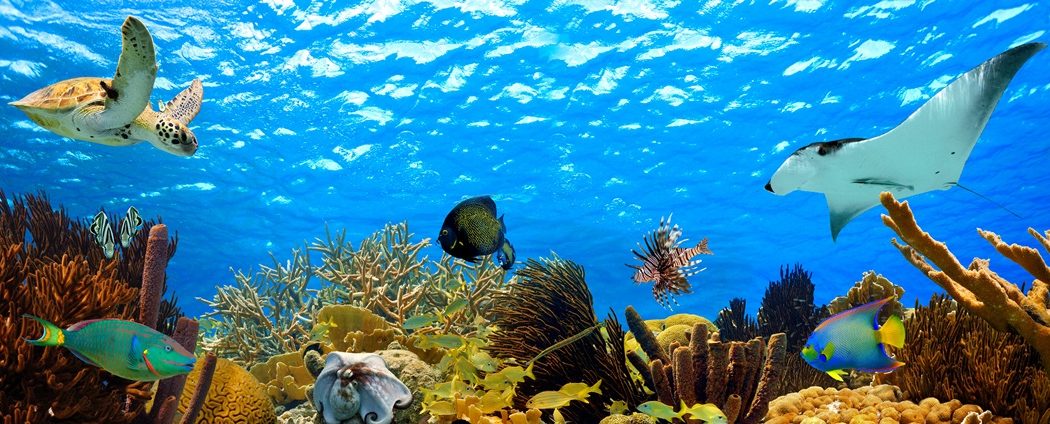The October 15, 2018 issue of Marine Ecosystems and Management (MEAM) interviewed five global marine ecosystem restoration experts in an article by Sarah Carr titled “How can we restore marine ecosystems? Perspectives and tips from global experts.”
Below are a few excerpts from this lengthy and insightful article:
Marine ecosystem restoration – such as reconstructing saltmarshes that have been lost to human development, replanting coastal mangrove forests that have been degraded, and enhancing the structural complexity of damaged reefs – is an emerging field that seeks to move ecosystems to healthier states, often with the goal of increasing their ability to provide ecosystem services.
Marine restoration efforts can be expensive (median and average reported costs of US$80,000 and $160,000 for restoration of one hectare of marine coastal habitat with real costs likely much higher), but in most cases, the potential benefits of restoration projects are higher – often significantly higher – than the costs.
In addition, restoring marine ecosystems may sometimes be the only politically feasible means of increasing the flow of marine ecosystem services to stakeholders. A recent study of marine conservation and management of the Puget Sound estuary in the US found that estuarine restoration efforts (providing benefits such as improved flood control, recovery of salmon runs, and recreational opportunities) are able to garner broad stakeholder support while the designation of “no-take” MPAs has stalled.
A critical future role of MER is, in my opinion, to help promote adaptation of marine ecosystems to climate change related effects. At present, MER tools are not directed at counteracting or enhancing resistance to climate change related threats such as ocean warming, sea level rise, and acidification.
Because climate change mitigation can take a long time to affect the Earth’s climate, practices that promote adaptation should be included in MER development to improve long-term project success. At present, there are two potential directions for adaptation that are considered in the literature: the ‘Predict-and-Prescribe’ and the ‘Portfolio’ approaches.
“Predict-and-Prescribe” approaches are based on the idea that manipulating species (or genotypes) of ecosystem engineers can improve the resilience of an ecosystem to changing conditions and identifying and ensuring that there are spatial refuge sites.
“Portfolio” approaches are proposed to take into account our inability to fully understand or predict the impacts of large-scale stressors and therefore seeks to identify portfolios of genotypes and species (optimal sets of propagules) or sites (which form ‘adaptation networks’) that can survive various combinations of future conditions. Portfolio approaches are not widely applied yet, but in my opinion, they are applicable and can be operationalized with diverse reef sites that are in good shape despite the anthropogenic and natural stressors they have been exposed to in the past (e.g., extreme temperature and salinity fluctuations, high sedimentation rates, and eutrophication). Such reefs are expected to survive various combinations of future conditions.
Before embarking on restoration actions to a degraded system, it is very important to understand what has caused the degradation. All over the world, millions of dollars are wasted in the drive to do something quickly rather than understand the cause of ecosystem decline.
Reports of mangroves being planted six times and repeatedly failing and funders being asked for money to try again are depressingly common. Funders often want to see action and are reticent to spend money on science, or community engagement or follow-up monitoring. Nevertheless, these actions are critically important if these and future projects are going to be successful.
When assessing a project we look at the causes of a given condition and aim to develop a forward looking projection of ecosystem condition. We then assess different restoration approaches to explore whether they will lead to a different ecological outcome.
Sometimes this is relatively straightforward. Sometimes there are ecological or geomorphic nonlinear feedbacks that can make projections uncertain.
An example would be projecting the evolution of a large tidal wetland restoration project with high wave energy conditions and declining sediment availability. In such cases, planning should include risk-based and adaptive management approaches to planning for individual sites and for sites to be elements in the evolving landscape mosaic.
Photo of healthy reef in Bonaire via Adobe Stock.

